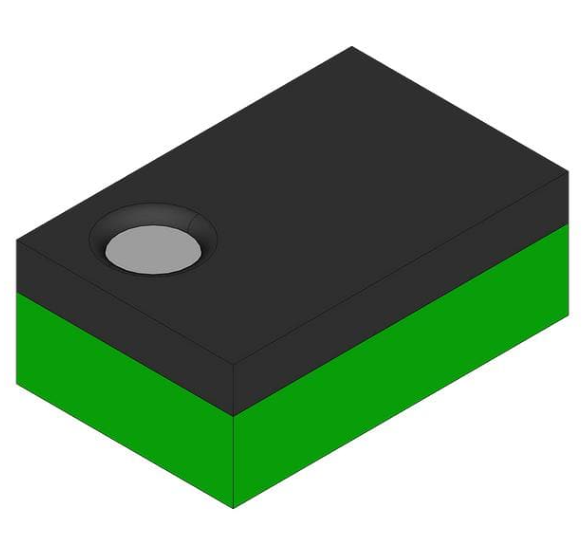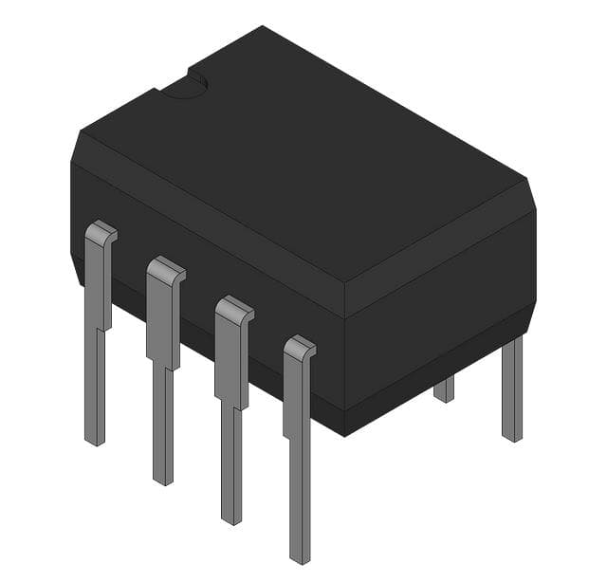Integrated Circuits Unveiling the Microscopic Revolution

In the intricate world of electronics, where size, speed, and effectiveness are consummate, Integrated Circuits( ICs) stand as the obscure icons that power our ultramodern world. From the simplest electronic widgets to the most sophisticated technological sensations, integrated circuits serve as the beating heart, orchestrating the flawless inflow of information. In this blog post, we will embark on a trip to unravel the mystifications of integrated circuits, exploring their history, functionalities, types, and the profound impact they've on the fabric of our connected digital society.
The Genesis of Integrated Circuits
The conception of integrated circuits surfaced in the late 1950s and early 1960s, driven by the vision of consolidating multiple electronic factors onto linear regulator controllers a single semiconductor substrate. Jack Kilby and Robert Noyce are credited with singly developing the first intertwined circuits. Kilby's design involved placing all factors on a single chip, while Noyce's approach employed a planar process, paving the way for mass production.
The deconstruction of Integrated Circuits
Integrated circuits are generally fabricated on a semiconductor substrate, generally made of silicon. The semiconductor material allows for the precise integration of colorful electronic factors. On the bitsy scale, integrated circuits house transistors, capacitors, and resistors, the abecedarian structure blocks of electronic circuits. These factors are connected through a complex network of conductive pathways. Multiple layers of semiconductor material and metalization are deposited on the substrate to produce the intricate patterns that form the intertwined circuit. These layers enable the precise placement of factors and the routing of electrical signals.
Functionalities of Integrated Circuits
Integrated circuits are the backbone of digital systems, casing sense gates that reuse double information. This is the foundation for the calculation and decision-making capabilities of electronic bias. In addition to digital functionalities, integrated circuits also incorporate analog factors for tasks similar to signal modification, filtering, and modulation, enabling a different range of operations in electronics.
Microprocessors and Microcontrollers

Complex integrated circuits, similar to microprocessors and microcontrollers, serve as the smarts of electronic systems. They execute instructions, manage data, and control the overall functionality of bias.
Types of Integrated Circuits
These circuits concentrate on recycling nonstop signals and find operations in audio amplifiers, detectors, and communication systems. DICs process separate signals in the form of double law and are the core factors of computers, smartphones, and digital bias.
Mixed- Signal Integrated Circuits
Combining both analog and digital factors, mixed-signal ICs are current in operations like data transformers, detectors, and communication interfaces.
Impact on Society and Innovation
The compact nature of integrated circuits has revolutionized electronics, enabling the miniaturization of bias and the development of movable technologies that have become an integral part of our diurnal lives. Microprocessors, a type of intertwined circuit, have been at the van of the computing revolution, powering everything from particular computers to supercomputers.
Communication and Connectivity
Integrated circuits play a pivotal part in communication technologies, easing the flawless exchange of information in networks, wireless communication, and the Internet. The added complexity and power viscosity of integrated circuits pose challenges in dissipating heat. inventions in cooling technologies are essential to maintaining optimal performance. The field of amount computing explores new borders, aiming to harness the principles of amount mechanics to produce a new generation of integrated circuits capable of working complex problems at unknown pets.
Biologically Inspired Circuits
Inspired by the mortal brain, experimenters are exploring neuromorphic computing, where integrated circuits mimic the parallel processing and literacy e-commerce platform of electronic components capabilities of natural systems. Integrated circuits are the backbone of the digital revolution, quietly powering the electronic bias that has become integral to our ultramodern actuality. From the visionary improvements of Kilby and Noyce to the slice-edge inventions in amount computing, integrated circuits continue to shape the future of technology. As we navigate this period of connected bias, it's worth marveling at the profound impact of integrated circuits, the true enablers of invention that have converted the way we live, work, and communicate.
